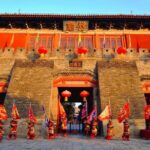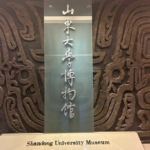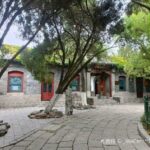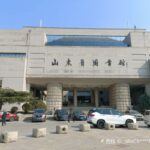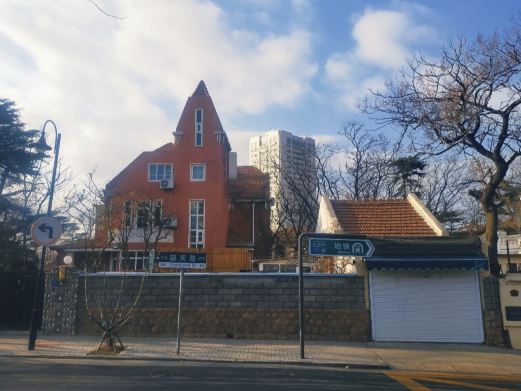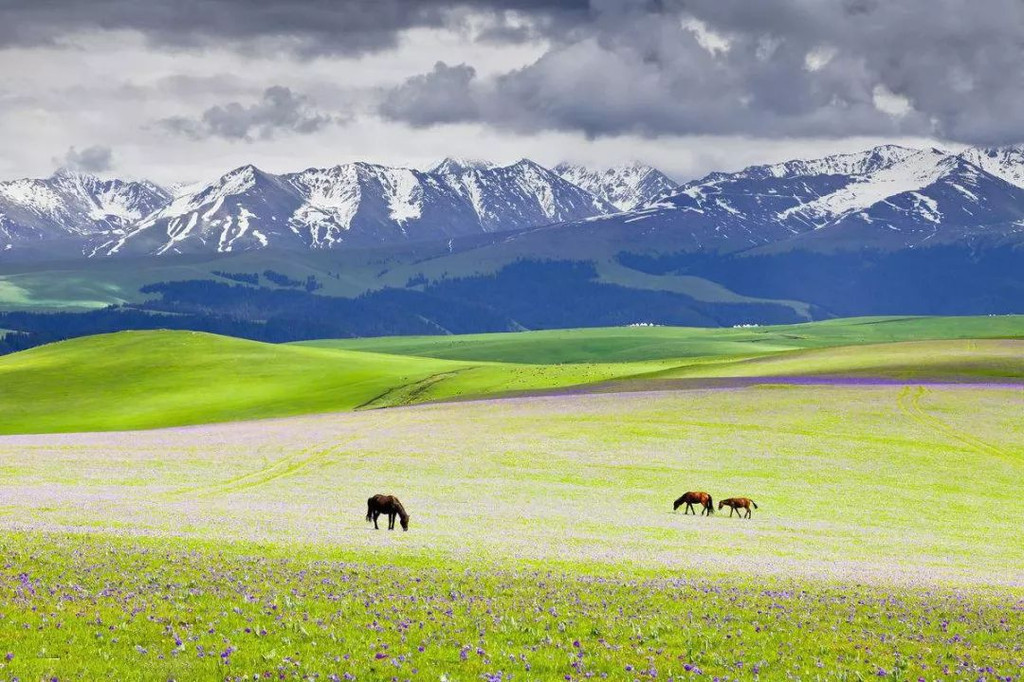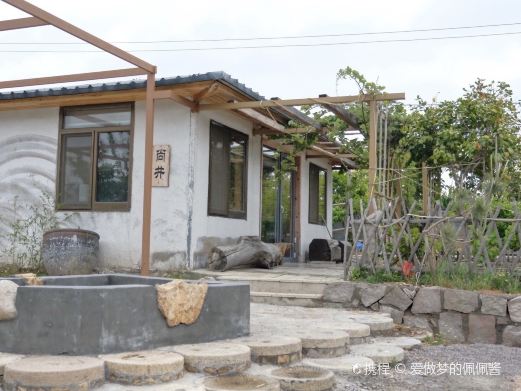The Jining Museum is located in the Tie Ta Temple in the city center. Outside the west gate of the museum is Guhuai Road. 500 meters to the south is the old course of the Beijing-Hangzhou Grand Canal. The museum was established on May 16, 1985, covering an area of 31 mu. The museum building consists of two parts. The eastern part is the Tie Ta Temple, which was built in the first year of Huangjian in the Northern Qi Dynasty (560 AD).
In 1988, it was announced as a national key cultural relics protection unit. The western part is an antique-style building. The total construction area of the museum building is 11,000 square meters, of which the main exhibition building is 8,831 square meters. It is an architectural group that organically combines ancient architecture and antique-style architecture, which is magnificent. The ancient buildings currently preserved in the Jining Museum include the Song Dynasty iron tower, the Ming Dynasty main hall, bell tower and monk king’s temple, Han stele pavilion, etc. , which are national key cultural relics protection units. The main hall in the Tie Ta Temple was built in the first year of Huangjian in the Northern Qi Dynasty (560 AD). It is a single-eaved hip-roofed building with five bays, a width of 19 meters, a depth of 12.5 meters, and a height of about 12 meters. The cornices protrude and the brackets support it. There are ten through wooden pillars inside. There are four octagonal stone pillars in the front corridor, which were replaced in the Ming Dynasty. There are couplets engraved on the stone pillars respectively. Its architectural structure is in the Song Dynasty style. The museum currently has four large-scale fixed exhibitions. One is the historical exhibition “History Through the Ages” that reflects ancestor culture, Zou Lu culture, Confucian culture, and Shuihu culture as the main lines. The second is an exhibition “Cultural Relics in the Collection” that aims to showcase the fine cultural relics of the city. The third is an exhibition “The Capital of the Grand Canal in China – Jining” based on reflecting the fact that the Beijing-Hangzhou Grand Canal runs through Jining and aiming to promote canal culture and revitalize Jining’s economy. The fourth is the calligraphy art exhibition of modern famous calligrapher Zhu Fukang. The museum collects nearly 10,000 cultural relics, including more than a dozen categories such as bronzes, pottery, porcelain, jade treasures, calligraphy and paintings. The Han steles, Han stone reliefs, pottery of Yueshi culture, spring and autumn book carving tools, Yuan Dynasty costumes, Yuan, Ming and Qing iron cannons, etc. in the collection are extremely precious, and the cultural relics have a relatively high grade. Four fixed exhibitions such as “The Exhibition of Jining’s Ancient Civilization History” are open to the audience all year round. Here, tourists can not only visit exhibitions, but also browse ancient buildings, climb the tower and ring the bell, and take photos under the tower.Opening hours: Open from 09:00 to 17:30 all year round, Monday to Friday and Sunday.

